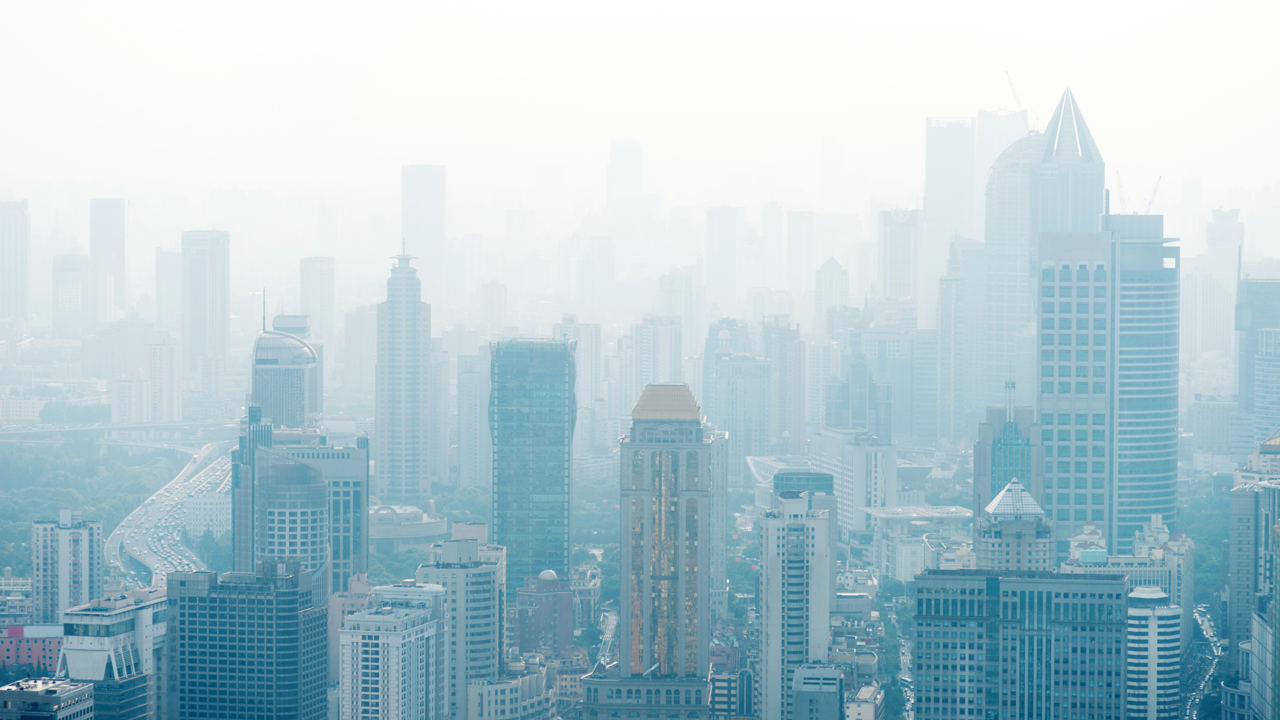
Across the globe, populations are swelling in urban areas. The United Nations projects 2.5 billion more people will live in cities by the year 2050, an 80 percent increase from today.
That means air pollution, and its deadly toll on human health, will only prove a larger concern going forward. Cities will need to find ways to reduce carbon emissions, mainly composed of very fine soot particles, that already contribute to almost 9 million premature deaths worldwide, according to a recent 2017 study.
An international team of researchers, including the University of Minnesota’s Anu Ramaswami, Ph.D., recently explored how to design cities to reuse the byproducts of industrial processes, like "waste" heat, to reduce energy use and emissions in nearby commercial and residential buildings. Their study, recently published in Nature Climate Change, demonstrated that sustainable urban design strategies can lead to cleaner air, and in turn, better health for local residents, while also reducing carbon emissions.
Ramaswami, the Charles M. Denny Jr. Chair of Science, Technology, and Public Policy at the Humphrey School of Public Affairs, was principal investigator for the project. She came up with the idea for the study while thinking about what individual cities can do to improve their own energy sustainability and air quality.
“A country can have national clean energy standards, but it’s with urban infrastructure planning that cities themselves can really make an impact,” said Ramaswami, who is also a professor of bioproducts and biosystems engineering in the U’s College of Food, Agricultural, and Natural Resource Sciences. “This would be a win-win situation where you could reduce global carbon emissions and also improve health locally.”
Redistribute the Warmth
Many industrial processes generate “low-grade” heat as a byproduct, but it often goes unused. This heat isn’t hot enough to turn a turbine and generate electricity.
The researchers found that industrial operations could pass this heat on to homes and businesses up to 18 miles away for the purpose of warming them (using a heater) or cooling them (using a chiller). With already-produced industrial heat powering these systems, homes and businesses wouldn’t have to consume as much “new” energy from power plants, coal, or natural gas sources. Citywide, less energy would need to be used, meaning fewer emissions would be released into the air.
Any major source of heat could contribute to this strategy, from large industrial operations to computer server rooms to grocery stores trying to keep food cold.
Researchers noted that the air quality benefits of this strategy would vary from place to place. Two cities that reduce fossil fuel use by the same proportion might see different outcomes based on how air pollution flows into and out of the city from surrounding areas.
Even so, the study showed potential for significant carbon and health co-benefits. If all of China’s cities adopted these strategies, the researcher noted they could decrease carbon emissions by 3 percent each year and prevent up to 57,000 premature deaths from poor air quality. And the industrial heat could go a long way toward meeting the needs of today’s and future homes and businesses in Chinese cities.
“What’s incredible is we found about half of the cities would not need any extra fuel to heat and cool their buildings,” Ramaswami said.
A New Approach
Most strategies to address carbon emissions focus on just one sector—residential, commercial, or industrial. This study, funded by a National Science Foundation grant aimed at international research collaborations, was the largest so far to look at multi-sector city-level data.
Apart from the U of M, collaborators in the study included researchers from the US’s Georgia Institute of Technology and Yale University, as well as China’s Tsinghua University and Shanghai University. Ramaswami said each member of the team brought important skills and research to the table. The Georgia researcher contributed expertise in modeling air pollutions, for example, while collaborators from two universities in China provided detailed data about the largest sources of pollution in the cities they examined.
The study’s findings can serve as a foundation for further efforts looking to understand what cities can do to reduce carbon emissions and improve public health. Moving forward, Ramaswami aims to expand on the findings of the China study with further research on the subject of lowering carbon emissions through urban design—this time with a domestic focus.
“You can do this in US cities,” she said. “That’s our next step.”